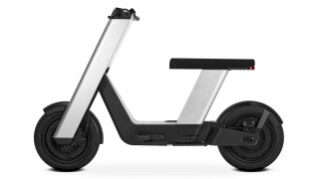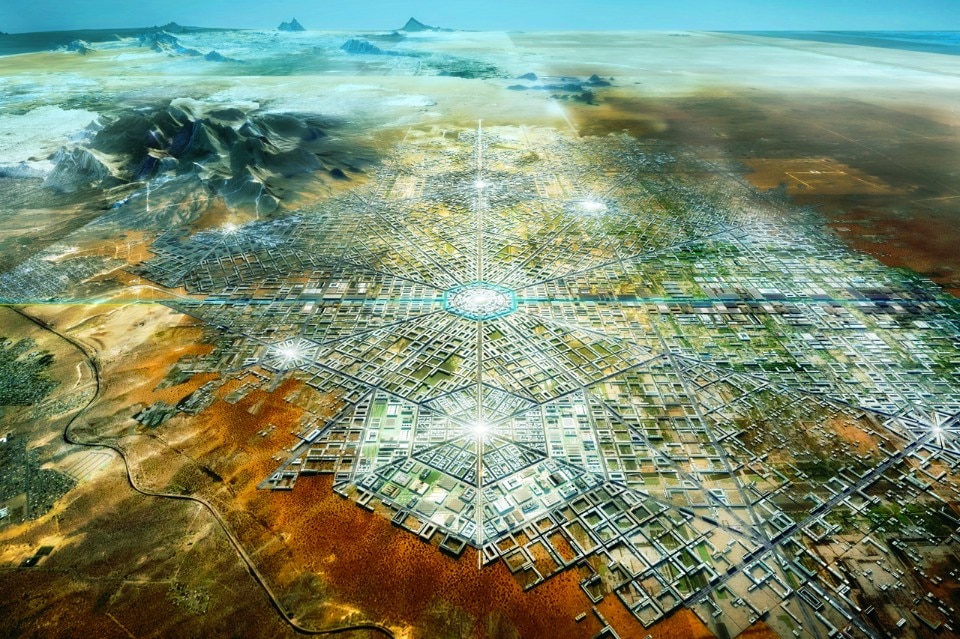
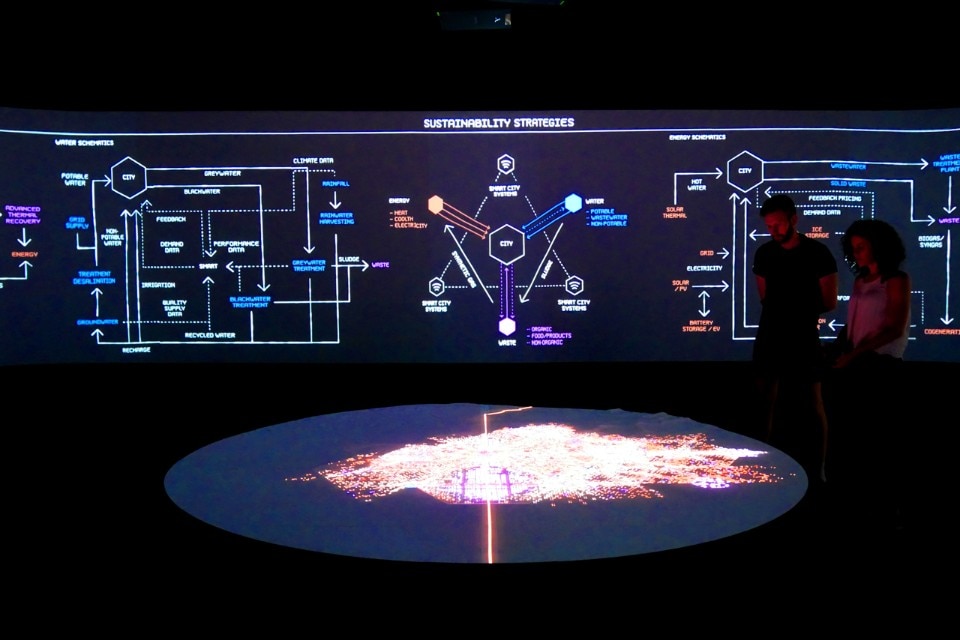
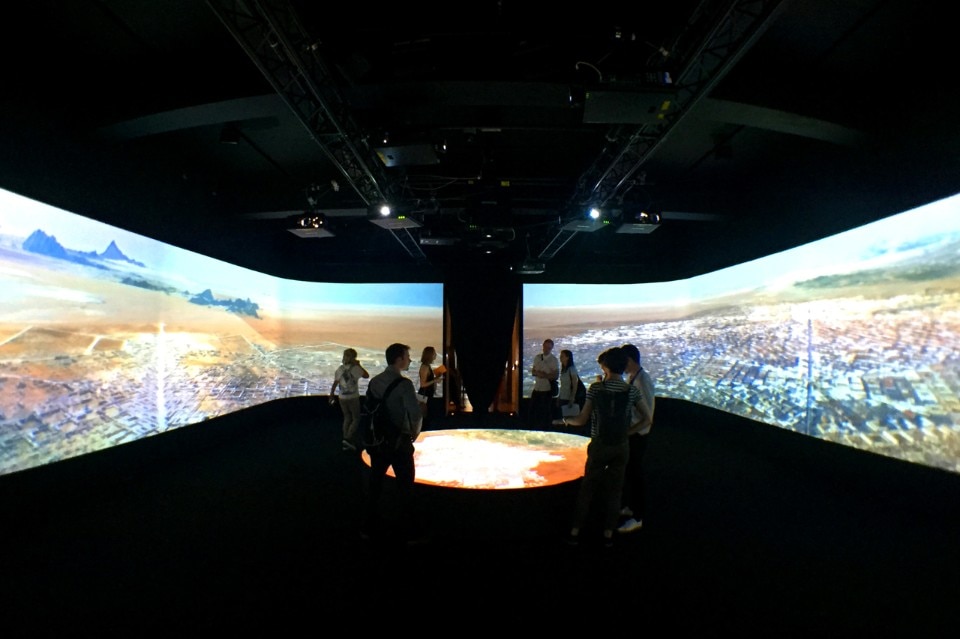
7 – 27 September 2016
Fernando Romero: Border City
London Design Biennale
Somerset House
Strand, London
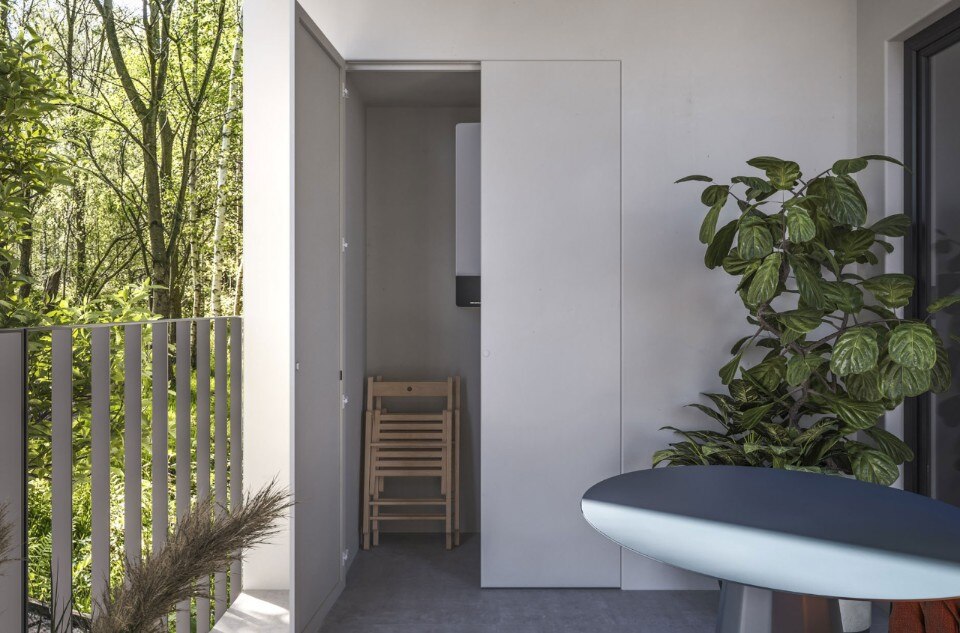
Seamless design, ECLISSE steps outdoors
ECLISSE introduces Syntesis Areo Outdoor, extending the sleekness of its flush-to-wall system to exterior applications. Robust and adaptable, it reimagines technical access points as integrated design features, ensuring a continuous aesthetic flow between interior and exterior spaces.


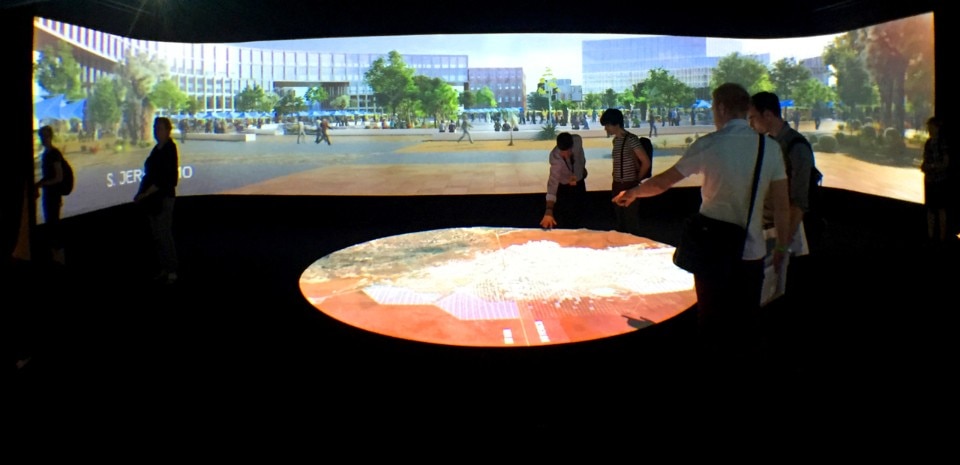
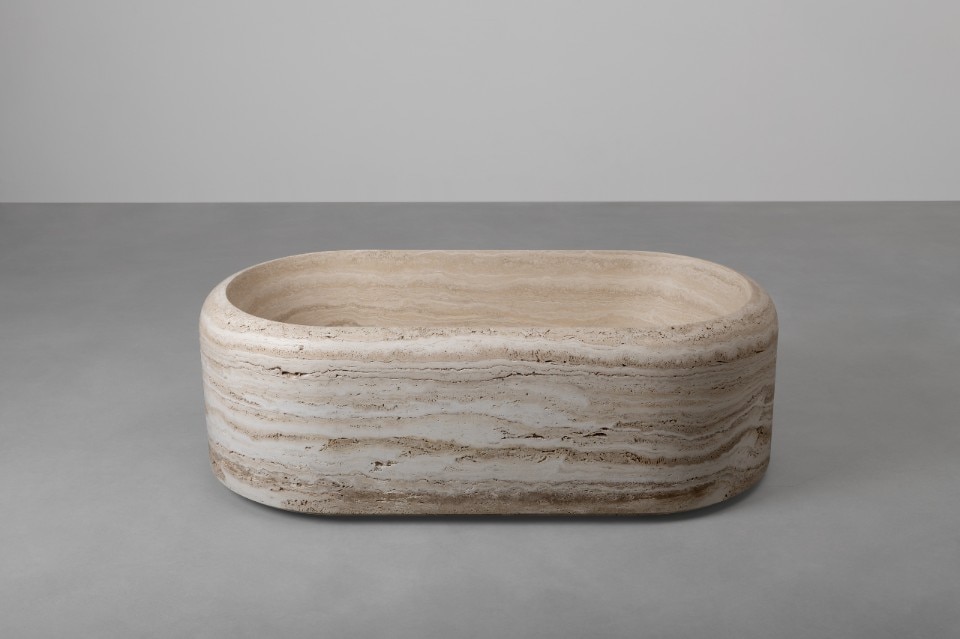




.jpg.foto.tbig.jpg)

